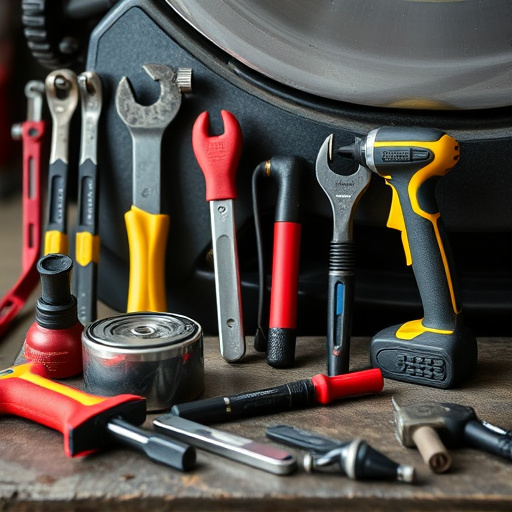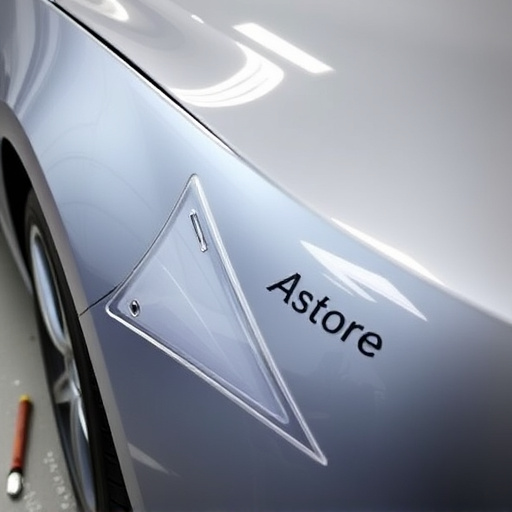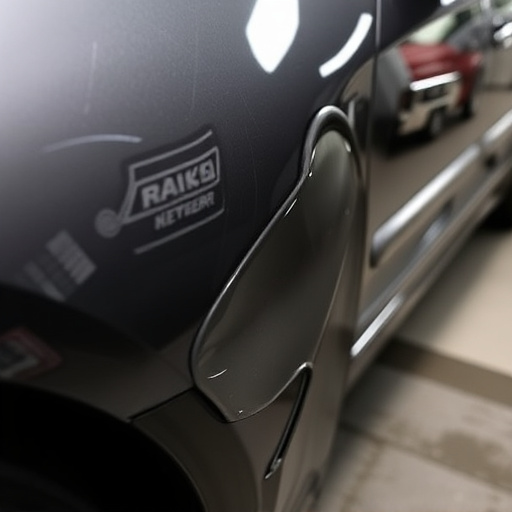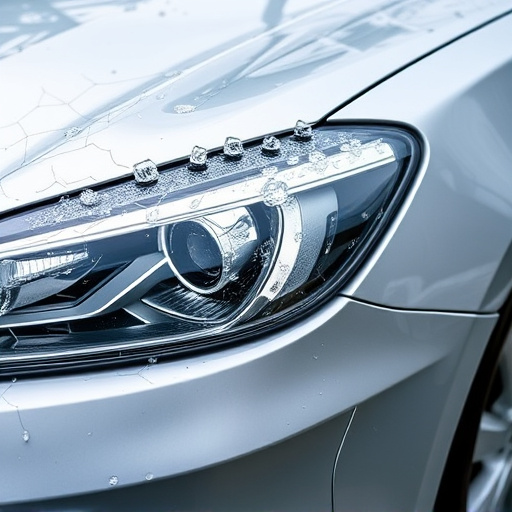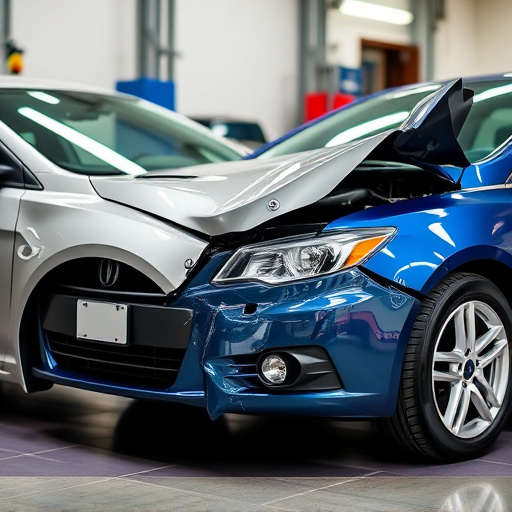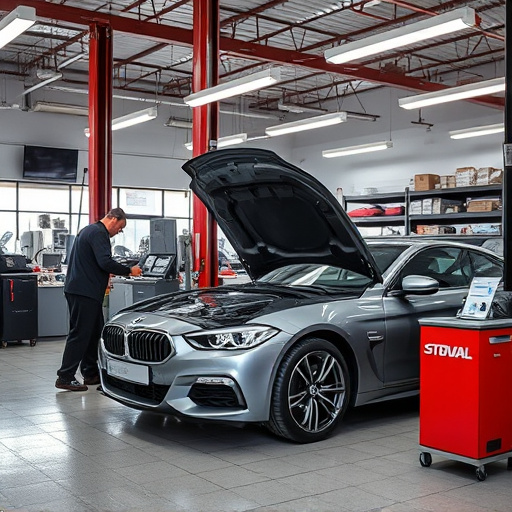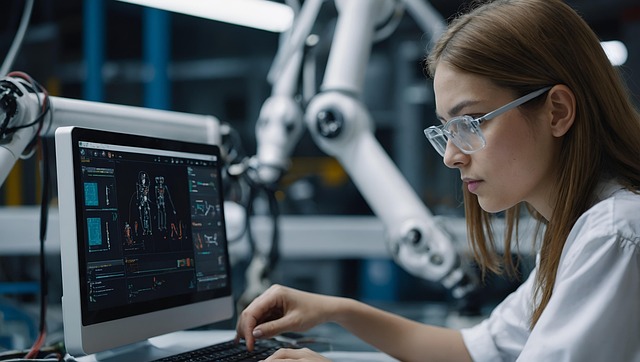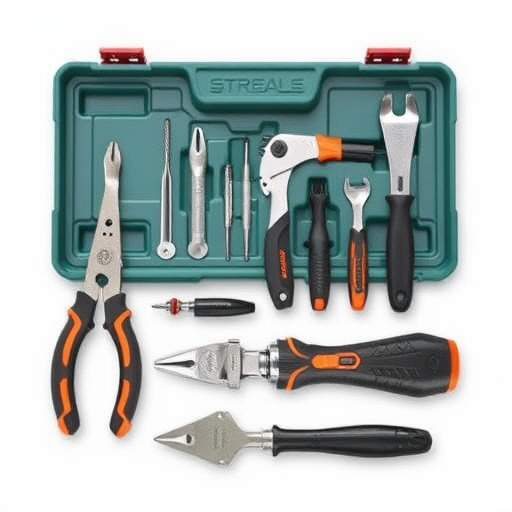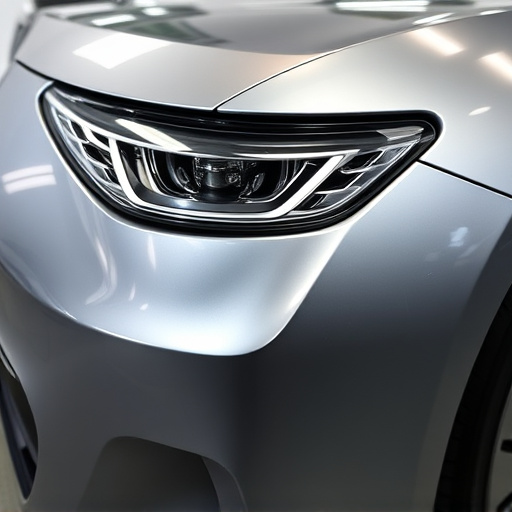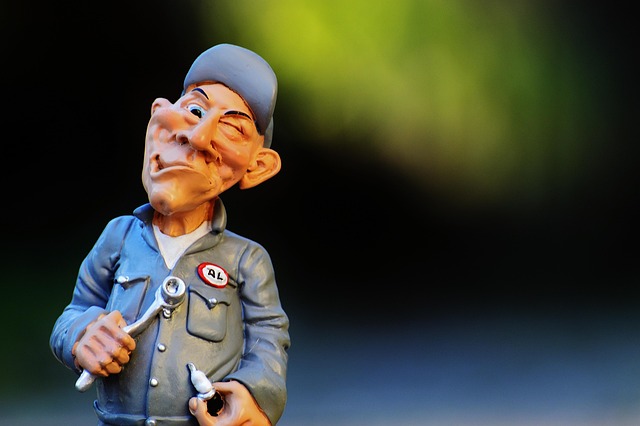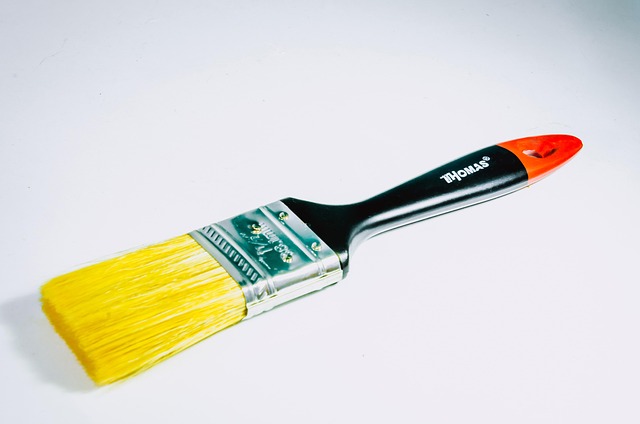Flexible bumpers, crucial for absorbing impact energy, degrade over time due to minor collisions, road debris, and environmental factors, requiring regular inspection and timely repair. Auto body services employ techniques like frame straightening to restore structural integrity and maintain safety standards. Initial signs of damage, if left unaddressed, can compromise aesthetics and functionality. Proactive care through washing, conditioning, strategic parking, and periodic checks facilitate early detection, making flexible bumper repair more manageable and cost-effective.
Are you tired of a stiff and damaged bumper? Learn how to restore your car’s flexibility with our comprehensive guide on flexible bumper repair. This article delves into the common causes of bumper stiffness, offering a step-by-step process for effective repair. Discover tips for maintenance and prevention to avoid future damages. Get ready to revive the resilience of your car’s bumper and drive with enhanced confidence.
- Understanding Flexible Bumper Damage and Its Causes
- The Step-by-Step Process of Flexible Bumper Repair
- Tips for Maintaining and Preventing Future Bumper Damages
Understanding Flexible Bumper Damage and Its Causes

Bumpers are a car’s first line of defense against minor collisions and road debris, making them prone to damage over time. Flexible bumpers are designed to absorb impact energy during a collision, but this flexibility can also lead to deformity due to repetitive stress or exposure to harsh environmental conditions. Understanding the causes of flexible bumper damage is crucial for effective restoration. Common culprits include curbing accidents, hitting potholes, and even extreme weather events like snow and ice buildup, which can cause the bumper to bend or crack over time. Regular auto maintenance can help prevent some of these issues by keeping the bumper in good condition, but eventually, every vehicle will require flexible bumper repair at some point due to normal wear and tear.
When a bumper becomes damaged, it may not immediately appear severe. However, minor bends or dents can compromise the structural integrity of the component, leading to more significant problems if left unattended. Auto body services often employ techniques like frame straightening to realign the metal and restore the bumper’s original shape. This process is critical for maintaining optimal vehicle safety standards and ensuring that the bumper continues to function effectively during a collision. Regular inspection and timely repair are key components of responsible auto maintenance, helping to preserve both the aesthetics and functionality of your car’s front end.
The Step-by-Step Process of Flexible Bumper Repair

Restoring the flexibility of your car’s bumper involves a step-by-step process designed to return it to its original state without needing extensive collision repair or vehicle body repair. It starts with thoroughly inspecting the bumper for damage, including cracks, dents, and any misalignment. If the damage is minor, like a small dent, paintless dent repair techniques can be employed to push out the dent without affecting the bumper’s overall structure or requiring repainting.
For more significant issues, the process may involve removing the affected section of the bumper for closer inspection and to access underlying components. This step ensures that any hidden damage is addressed. Once all issues are identified and rectified, the bumper is realigned and secured back in place. Finally, a careful visual check is conducted to ensure every part of the flexible bumper repair has been executed precisely, guaranteeing both structural integrity and aesthetic appeal.
Tips for Maintaining and Preventing Future Bumper Damages

Regular washing and conditioning are essential to maintaining your car’s bumper and preventing future damages. Mud, dirt, and other debris can accumulate on the surface, causing damage over time. Using a soft brush or cloth while washing ensures no harsh friction against the bumper. After cleaning, applying a protective coating or wax can create a barrier, shielding it from environmental factors like salt, acid rain, and UV rays that might cause cracking or fading.
Additionally, being mindful of parking locations can significantly reduce the risk of bumper damage. Avoid parking in areas prone to obstacles like trees, posts, or other vehicles, as these can lead to dents or scratches. Opting for a garage or designated parking space when possible is a smart move. Regular checks for any signs of wear and tear will also enable you to catch potential issues early on, making flexible bumper repair easier and less costly through car bodywork services provided by an auto body shop.
Restoring your car’s flexibility involves understanding, patience, and the right approach. By grasping the causes of flexible bumper damage, you can effectively follow a step-by-step repair process, ensuring your vehicle regains its structural integrity. Regular maintenance and prevention strategies are key to avoiding future issues. With these tips in mind, you’ll be well-equipped to handle minor bumps and dings, keeping your car’s exterior looking sleek and safe for years to come, while focusing on the efficient and cost-effective solution: flexible bumper repair.

